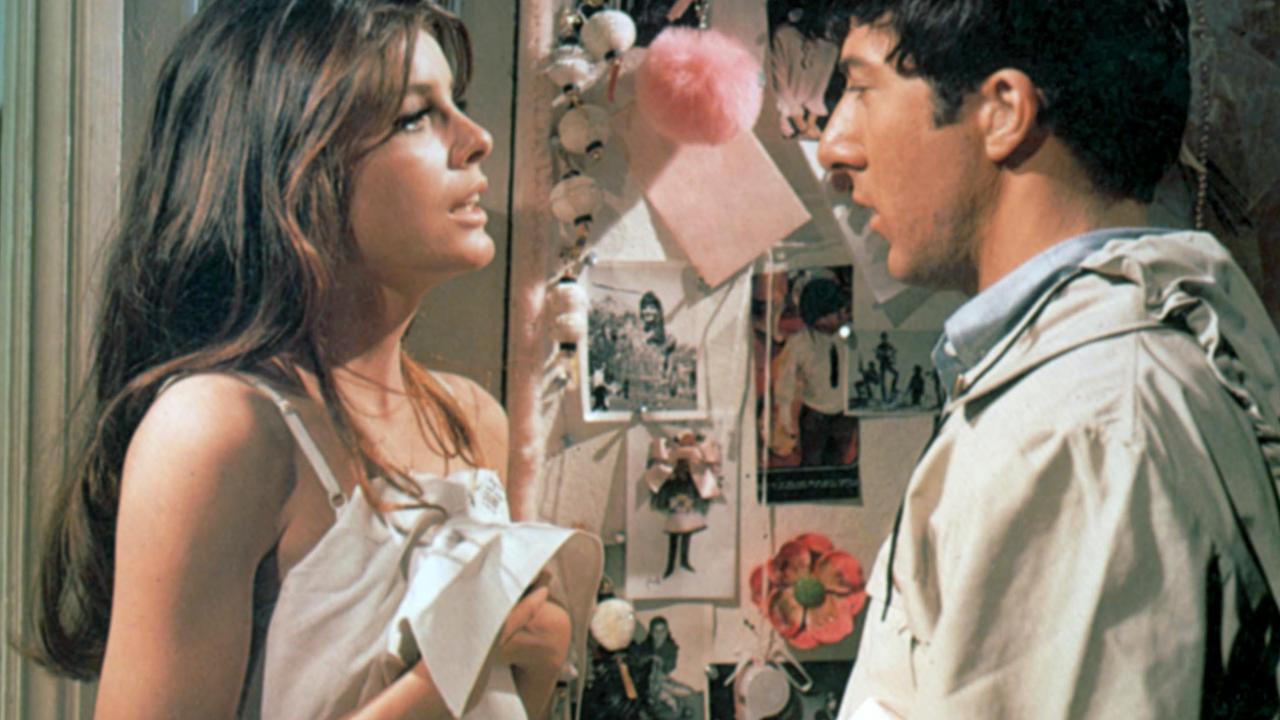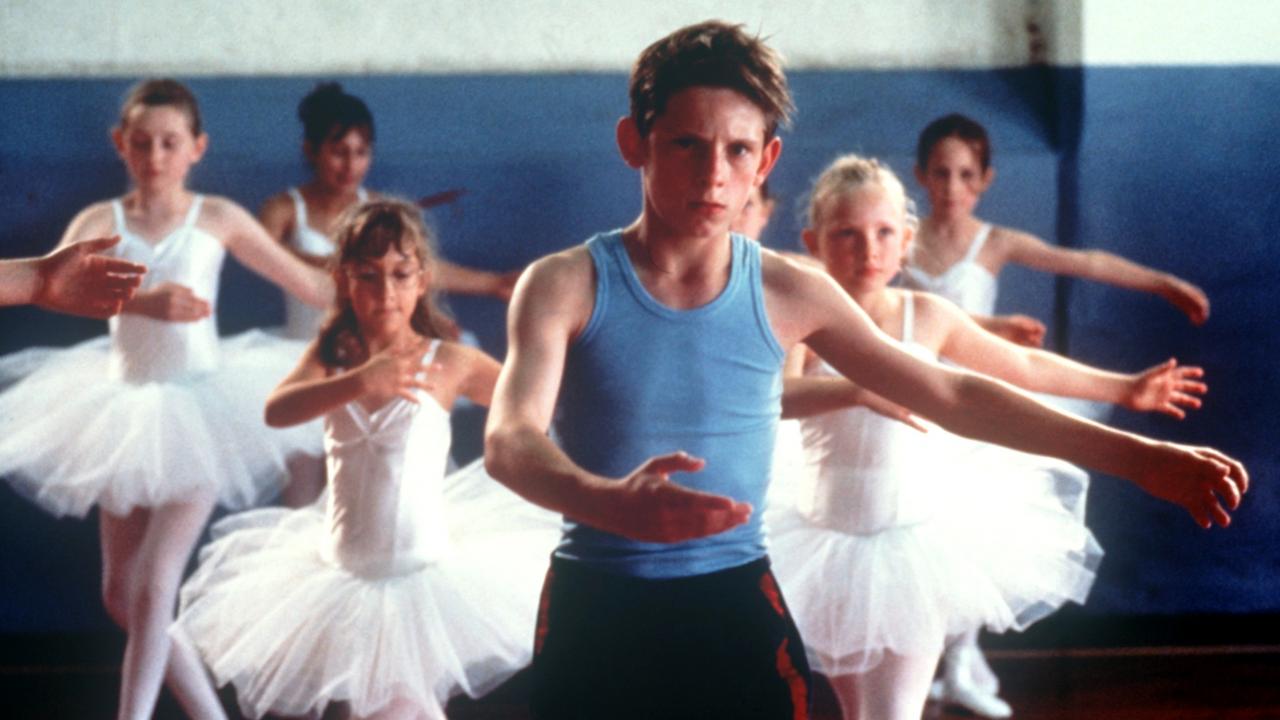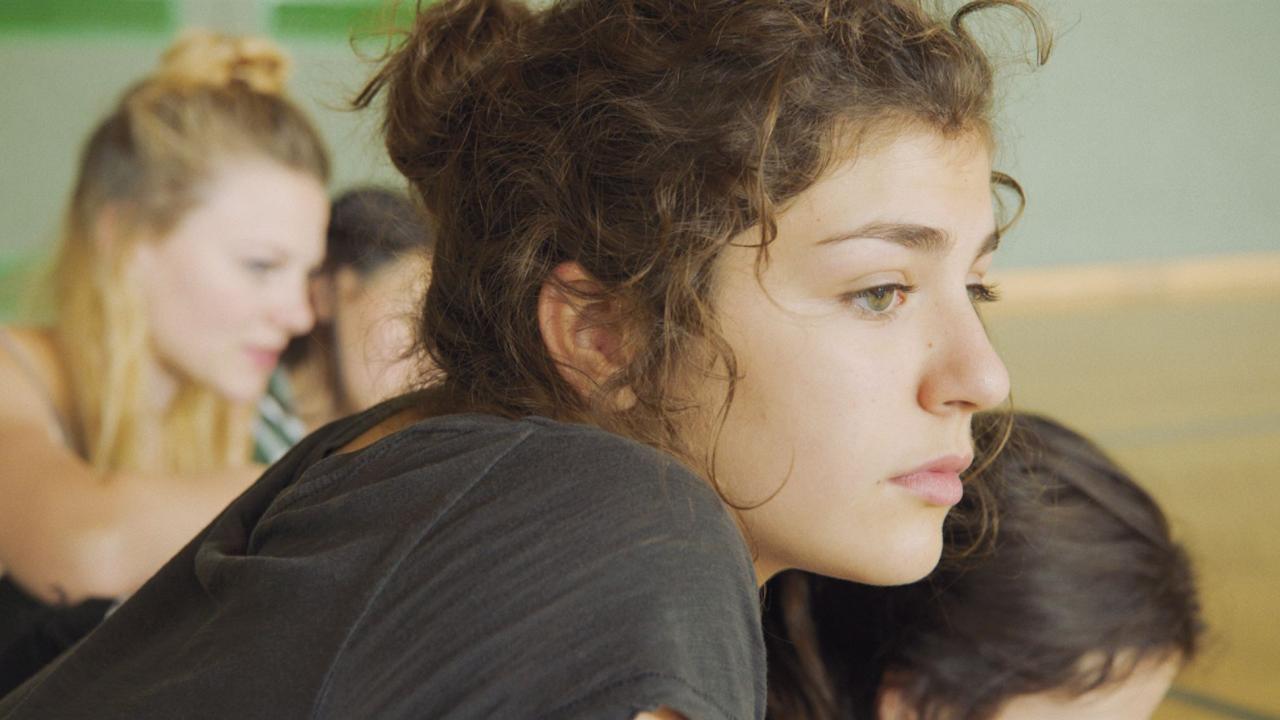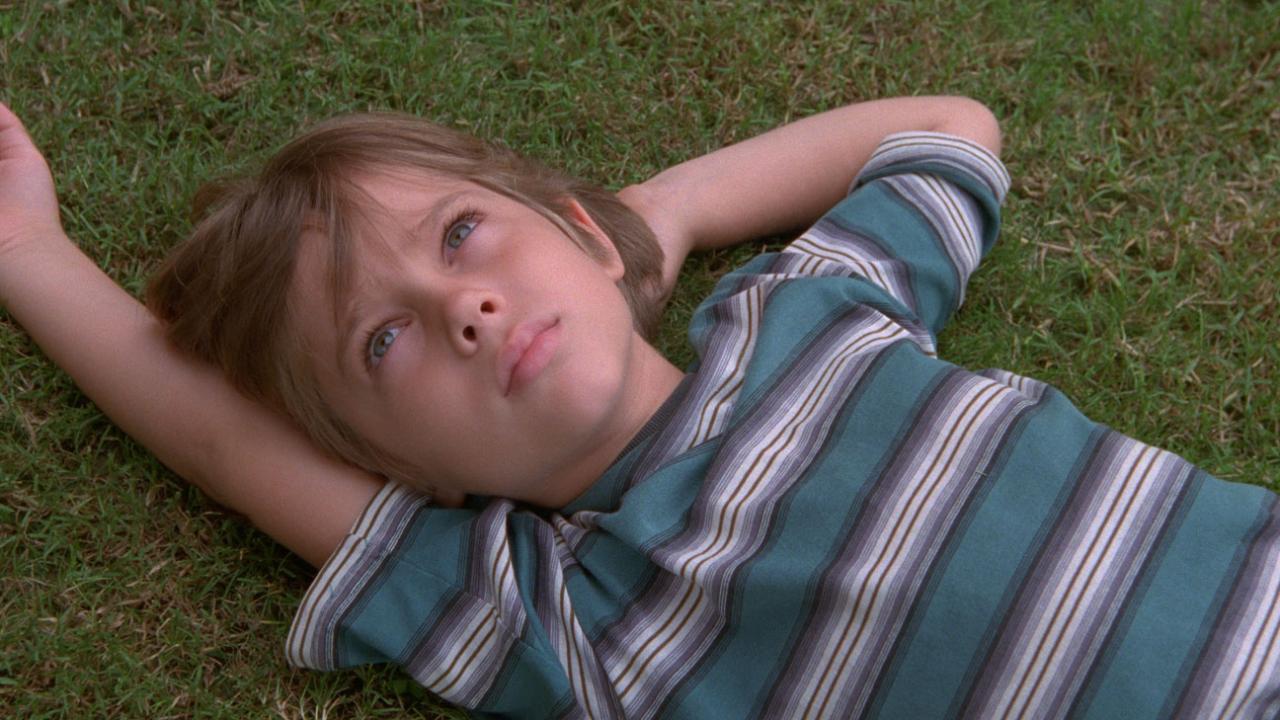Kategorie: Hintergrund
"The Graduate" as a Coming-of-Age Film
Generational conflict and the meaning of life, sexual awakening and first love: how "The Graduate" uses complex cinematic language to address coming-of-age motifs.

Few other films better describe the feelings of the young generation in 1960s America than Zum Filmarchiv: "The Graduate". The lasting popularity of Mike Nichols' classic, however, is due more to the fact that it basically tells the story of a "big boy" struggling to break from his parents, experiencing sex for the first time and falling in love for the first time. Despite its no longer entirely youthful hero – Benjamin (known usually as Ben in the film) is in his early twenties and the actor who played the role, Dustin Hoffman, was thirty at the time – "The Graduate", at its core, is a classic Zum Inhalt: coming-of-age story. And the film's special quality is also down to the fact that it addresses the experience of growing up not just on the dialogue and plot levels, but also conveys them cinematically in equally original and subtle manners.
A Stranger in His Own Home
Director Mike Nichols consistently uses the increased freedom to act as a sign of Ben's development. The Zum Inhalt: opening shot shows him in a Zum Inhalt: close-up, staring into space as if looking at a joyless and predetermined future. When the camera Zum Inhalt: zooms back, we see him copped up in a passenger airplane: Ben is literally in the same plane as everyone else. Then comes the well-known Zum Inhalt: title sequence: accompanied by Simon & Garfunkel's "The Sound of Silence", the camera pans across Ben, who is standing on the travellator in the airport. Since the camera pans from left to right, in the same direction as the travellator, it seems as if the young man were going back towards his past. And indeed, his parents are waiting for him, along with their expectations of their son in matters of career, marriage and home ownership.
The impression that Ben is going through life as if on remote control is confirmed immediately. At his homecoming party, Ben is asked by his parents and their friends about his plans for the future and given well-intended, albeit empty advice, finding himself passed from one to another like the baton in a relay race. The camera follows Ben's every move, exaggerating the clumsy way in which he moves in the world of grown-ups. His estrangement from the generation of his parents reaches absurd depths when his father asks him to demonstrate his birthday present, a diving suit: like an alien, the obedient son marches past his parents and friends and drops into the swimming pool.
Who Is Benjamin Braddock?
When Ben starts his affair with Mrs. Robinson, his uptightness at first appears to dissolve with the sexual dissipation. Outwardly, his life becomes more easy-going, his appearances more casual. Nichols illustrates this with a Zum Inhalt: montage sequence with seamless edits and dissolves and smooth camera movements and zooms, that intersperses Ben's lazing about at his parents' home and pool with his secret trysts in hotel rooms. The Zum Inhalt: sequence ends with him climbing aboard a lie-low in the pool and, after an edit, landing unexpectedly on the naked Mrs. Robinson. Ben drifts along; his everyday life is easy and, at the same time, aimless and superficial. The Zum Inhalt: sunglasses he now frequently wears serve as a symbol of this. The shot used for the film's famous advertising poster illustrates the dead end he is in: it shows Ben behind Mrs. Robinson’s seductively outstretched leg which, like a barrier at a level crossing, seems to stop him from going any further.
It is Elaine who awakens Ben from his lack of orientation and his lethargy. By realising his feelings for her, Ben grasps the importance of setting goals, taking risks and acting according to one's own convictions. Nichols visualises this maturing process, which is typical for the Zum Inhalt: genre, by giving Ben a hitherto unknown strength of purpose and dynamism. The iconic shot showing him driving his convertible across the Bay Bridge to Berkeley to win back Elaine illustrates the feeling of a euphoric departure: from the car, the camera zooms from right to left until the wide Zum Inhalt: cinemascope format yields a glorious panorama of the bridge over San Francisco. Ben's future now appears to be open. But his development does not conclude until the grand finale, when he casts off all inhibitions in his bid to prevent Elaine's marriage. Nichols stages this act as a dramatic race against time, during which Ben leaves behind his car – another parental gift – because it has run out of petrol. He reaches his destination on foot. These changes of vehicle or means of movement – airplane, travellator, car, and finally, his own legs – symbolise Ben's own emancipation.
Symbolism in "The Graduate"
Nichols' allusive style of Zum Inhalt: mise-en-scène also manifests itself in his use of water as a traditional symbol of life. For example, Ben's aquarium, where a small figurine of a diver has adopted his symbolic place, doubles as a metaphor for the existence he leads, dominated by parental instructions and social conventions. The swimming pool in his parents' garden also appears to be a complementary symbol of a restricted, straight-laced life blueprint. That his father should make him jump into this sterile biotope dressed in a diving suit and armed with a harpoon makes clear in an absurdly comical fashion how intent Ben's parents are on protecting him from the "depths" of life – and simultaneously, how they prevent him from discovering them himself, along with the possibilities they hold in store. Another layer is added to this water symbolism when Ben leaves the safety of his parents' home and runs in the pouring rain to Elaine with a view to confessing to her about the affair with her mother. For the first time in his life, he is confronted with hardship: Elaine rejects him after his confession.
In contrast to the two lovers' differences, the film portrays the distance between the younger and older generations as irreconcilable. Nichols isolates his protagonist from the very beginning in his Zum Inhalt: image composition: Ben repeatedly finds himself out of focus with the adults, while time and again, the Zum Inhalt: framing illustrates the imbalance in power between the generations. We only ever see Ben at the same eye-level as Elaine – which emphasises the partnership in their relationship. The camera also frequently adopts the protagonist's Zum Inhalt: point of view: at one point, we look through the diver's goggles with him; at another, through his sunglasses – both occasions are unreal moments, in which becoming an adult seems strange and threatening. In the end, we also see Elaine's life from the same perspective, when she looks into the aggressive and hostile faces of her parents. The happy ending for the young couple is more like an escape that seems indispensable for their own emancipation.



